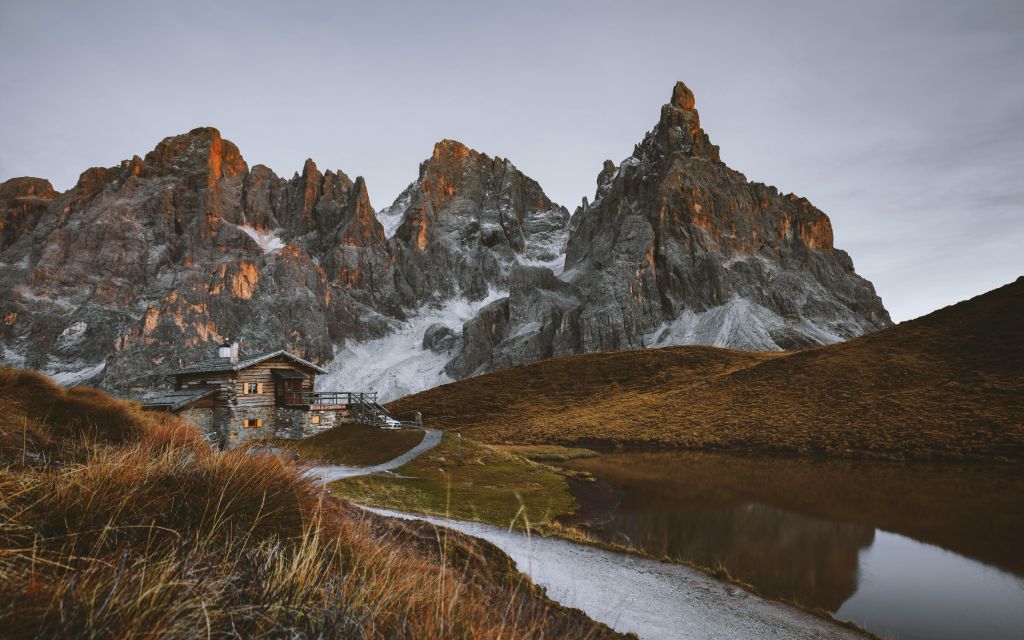
At your wellness retreat, where transformation and originality are key selling points, wellness retreat case studies are the perfect way to attract your ideal audience and boost bookings. Showing real guest experiences and outcomes, case studies give your brand credibility and trust, offering potential guests a glimpse into the transformative journey they can expect. When done right, case studies go deeper than testimonials and provide proof of the life-changing potential your retreat offers.
Why Case Studies Are Essential for Wellness Retreat Marketing
Well-presented case studies are one way of building trust and demonstrating – rather than merely claiming – how transformative your retreat can be. By showing real results, they’re more likely to inspire action and turn “What ifs” into “Let’s go!” These transformative wellness stories provide word-of-mouth marketing that connects with potential guests encouraging them to finding out more.
When searching for wellness retreats online, those “life-changing experiences” are promised everywhere. But how will potential guests know what’s real and what isn’t?
Words and photos will only convey so much but case studies provide the actual proof. They highlight your experiences, personal touches, and guest success stories showing why they should choose your retreat. These wellness success stories demonstrate real results, backing your retreat’s promises and inspiring confidence in your brand.

The Layout of an Effective Wellness Retreat Case Study
- A compelling headline – a well-structured case study is a strategic marketing tool designed to engage, inform and convert potential guests. To maximise impact, your case study should follow a clear, engaging format that naturally incorporates relevant keywords and highlights your retreat’s transformative experiences -starting with an attention-grabbing headline.
- Engaging introduction – set the stage by briefly introducing the guest’s story and what drew them to your retreat. This is also where you can identify the guest’s initial struggles or goals that led them to seek out your retreat. This helps potential clients relate to the story and envision their own journey.
- Showing your solution – describe how your retreat’s specific programs, services and environment helped the guest overcome their challenges. Highlight the personalised touches and special experiences that set your retreat apart.
- The transformational results – share measurable and emotional outcomes, such as better sleep, reduced stress, or a stronger sense of purpose. Include direct quotes to make the story more relatable.
- Visual storytelling – add quality visuals to compliment the story and improve engagement. Use before-and-after photos, candid images of guests engaging in activities, or short video testimonials.
- SEO for case studies – To maximize the reach of your case studies, integrate wellness retreat SEO strategies throughout such as including relevant long-tail keywords naturally, using subheadings with keywords to improve readability, optimising images, using internal links and formatting the content for easy scanning.
- Clear call to action – just like with other content, end with a strong, inviting CTA that encourages readers to take the next step—whether that’s booking a stay, learning more, or joining your mailing list.
How to Create Case Studies That Convert Visitors into Guests
Ask the right questions
Effective case studies begin with the right questions. Ask past guests:
- What challenges or goals brought you to the retreat?
- How did the retreat help you address those challenges or achieve your goals?
- What was the most transformative moment of your stay?
These open-ended questions reveal personal stories that potential guests can relate to.
Build a narrative
Do your storytelling like every great story – with a beginning, a middle and an end:
- Challenge: start with the guest’s struggles or aspirations before attending the retreat.
- Solution: explain exactly how your retreat met their needs.
- Results: end with measurable outcomes and emotional transformations.
This narrative helps potential guests imagine themselves experiencing the same journey.
Share your case studies
Put your case studies to work across multiple platforms:
- On your website – create a dedicated section for guest stories or success journeys.
- Newsletters – share a “Transformation Spotlight.”
- Social media – break the case study into bite-sized posts or visual carousels.
- Downloadable PDFs – offer professionally designed case studies for potential guests to revisit.

Best Practices for Wellness Retreat Case Studies
Ensure every story is truthful and relatable. Exaggerated claims undermine trust, while honest accounts build credibility and connection. You must always obtain explicit consent before sharing guest stories or images. Offer anonymity options, such as using initials or omitting identifying details, to protect privacy.
Regularly update your case studies to reflect new programs, trends, or guest success stories. A diverse portfolio highlights your retreat’s adaptability and broad appeal. Wellness retreat case studies are proof that your retreat delivers on its promise. They build trust, inspire bookings, and highlight the transformative benefits you offer.
If you’d like help creating compelling case studies for your retreat, I can help. Whether through my Serenity Storytelling Framework or your own content strategy, I’m happy to discuss your ideas. Contact me to book a free consultation call.
You may also be interested in reading:


